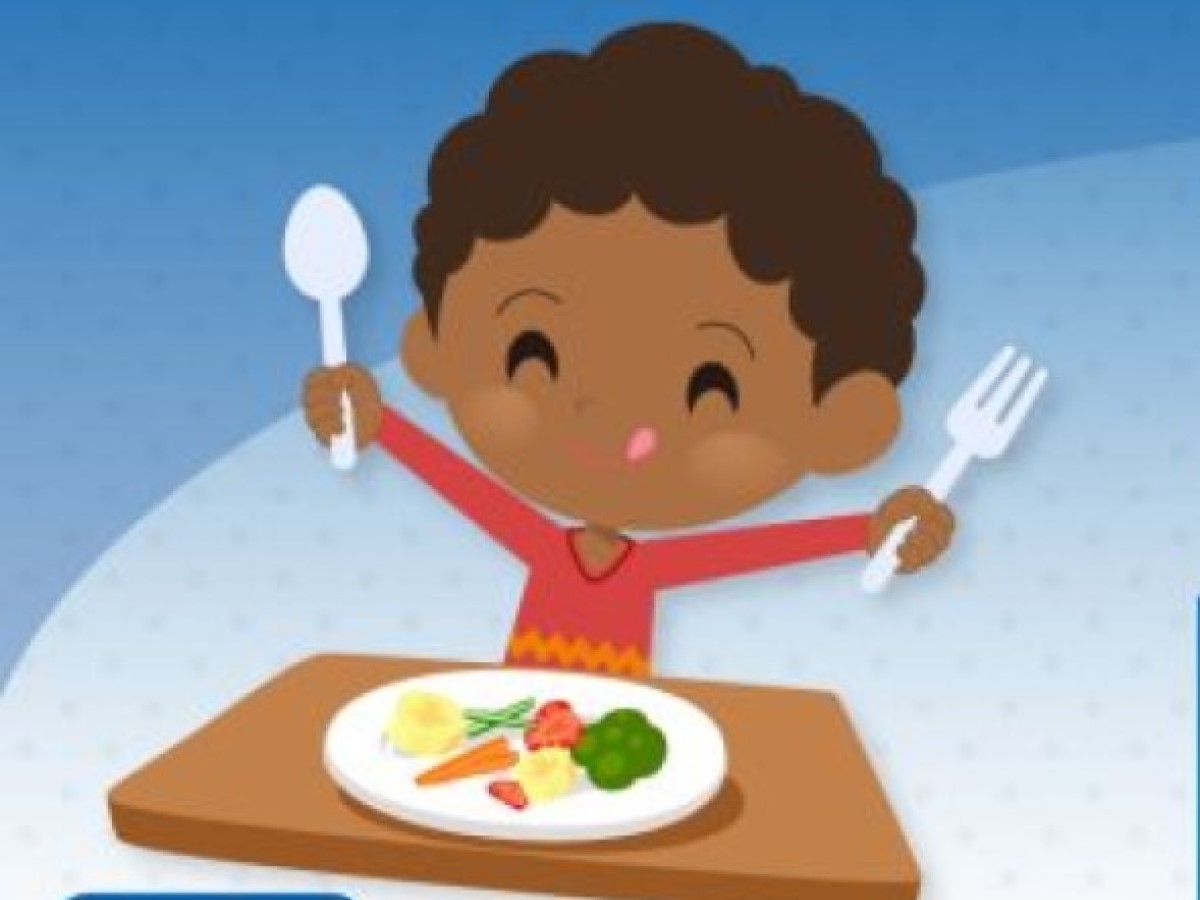Fruit, Vegetable, and Sugar Sweetened Beverage Intake Among Children
March 27, 2023

Fruit, Vegetable, and Sugar-Sweetened Beverage Intake Among Young Children, by State — United States, 2021
In February 2023, the CDC released state-level data on fruit, vegetable, and sugar sweetened beverage (SSB) intake among young children. The data was collected through a 2021 national survey in which respondents were asked three questions about children aged 1–5 years regarding the frequency of consuming fruits, vegetables, and sugar-sweetened beverages during the preceding week. The report found that many young children between ages 1 and 5 years old are not eating fruits and vegetables each day and are regularly drinking SSBs. Key insights include:
- 1 in 3 children did not eat fruit daily in the past week.
- 1 in 2 children did not eat vegetables daily in the past week.
- 3 out of 5 children drank a SSB at least once in the past week.
Why it Matters
Good nutrition is important for young children’s health. Dietary guidelines support daily intake of fruits and vegetables and limited intake of sugar-sweetened beverages. Many children aged 1–5 years, are not eating fruits and vegetables daily and are regularly drinking SSBs. Emphasizing the importance of healthy dietary practices in existing programs and policies that affect young children could improve their nutrition and support optimal growth and health.
Key Findings
The study found that many young children between ages 1 and 5 years old are not eating fruits and vegetables each day and are regularly drinking SSBs. Early Care and Education settings (ECE) continue to be an important place for children to receive nutritious meals and snacks and avoid serving sugar-sweetened beverages. A few highlights are below, nationally in 2021:
- 1 in 3 children did not eat fruit daily in the past week.
- 1 in 2 children did not eat vegetables daily in the past week.
- 3 out of 5 children drank a SSB at least once in the past week.
Daily consumption of fruit and vegetables and weekly consumption of SSBs differed by age, race and ethnicity, and household food sufficiency. Children aged 1 year were more likely than were older children to eat either a daily fruit or a daily vegetable during the preceding week and were less likely to drink a SSB. The percentage of children who did not eat a daily fruit or vegetable was highest among non-Hispanic Black (Black) children and lowest among non-Hispanic White (White) children. Drinking a SSB at least once during the preceding week ranged from 47.5% among multiracial non-Hispanic children to 71.7% among Black children. Compared with children living in food-sufficient households, those living in households with marginal or low food sufficiency were less likely to eat either a daily fruit or vegetable and were more likely to consume SSBs during the preceding week.
This data can also support states and communities to understand the dietary behaviors of young children in their state, for example:
- In 20 states, more than half of children did not eat a vegetable daily in the past week.
- In 40 states and the District of Columbia, more than half of children drank a SSB at least once in the past week
Many young children receive care outside the home in ECE programs. States and communities can support optimal nutrition and healthy growth and development in ECE by implementing policies and activities that improve nutrition. For example, states and communities can work to improve child care licensing regulations, promote participation in federal nutrition programs such as the Child and Adult Care Food Program (CACFP), offer professional development, and advance Farm to ECE.
For more information about how states and communities can support young children’s nutrition and their optimal growth and health in ECEs, visit CDC’s Early Care and Education, Priority Obesity Strategy, and Farm to ECE webpages.
For more details, read Fruit, Vegetable, and Sugar Sweetened Beverage Intake Among Young Children, by State – United States, 2021.
